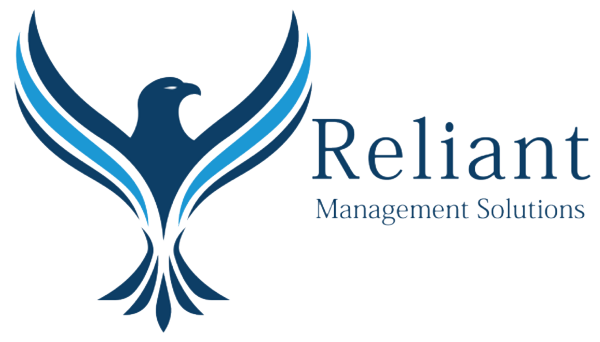Medical debt can quickly accumulate, leading to financial strain for individuals and families. If you find yourself burdened by medical bills, consolidation can be a viable strategy to regain control of your finances. In this blog post, we’ll explore practical steps and insights on how to consolidate medical debt effectively.
Section 1: Understand Your Medical Debt
Review Your Medical Bills:
Start by gathering all your medical bills and thoroughly reviewing them. Ensure the accuracy of the charges and identify any discrepancies or billing errors.
Prioritize Debts:
Organize your medical debts based on factors like interest rates, payment terms, and outstanding balances. This step will help you prioritize which debts to address first.
Section 2: Explore Debt Consolidation Options
Personal Loan for Medical Debt:
Consider applying for a personal loan to consolidate your medical debts. Personal loans typically have fixed interest rates and predictable repayment terms, providing stability in managing your finances.
Medical Credit Cards:
Some credit cards are specifically designed for medical expenses. They may offer promotional periods with low or zero percent interest rates on medical bills, providing a window for consolidation without accruing additional interest.
Section 3: Seek Assistance and Negotiate
Contact Your Healthcare Providers:
Reach out to the medical providers or hospitals that issued the bills. Inquire about possible discounts, financial assistance programs, or the option to set up a more manageable payment plan.
Negotiate Settlements:
Negotiate with your healthcare providers to settle your debts for less than the total amount owed. Some providers may be willing to accept a lump-sum payment or establish a more affordable repayment plan.
Section 4: Check for Government Assistance Programs
Medicaid and Other State Programs:
Explore whether you qualify for Medicaid or other state-specific assistance programs. These programs may offer financial relief for medical expenses, reducing the need for consolidation.
Section 5: Be Cautious of Debt Consolidation Companies
Research Debt Consolidation Companies:
If considering a debt consolidation company, research thoroughly. Be cautious of high fees and unscrupulous practices. Look for reputable companies with positive reviews and a track record of helping individuals consolidate medical debt successfully.
Section 6: Improve Financial Habits
Create a Budget:
Develop a realistic budget that allocates funds for debt repayment while covering essential living expenses. A well-structured budget is crucial for successfully managing consolidated medical debt.
Build an Emergency Fund:
Establishing an emergency fund can prevent future financial setbacks due to unexpected medical expenses. Even a small fund can provide a safety net and reduce reliance on credit in times of crisis.
Conclusion:
Consolidating medical debt requires a thoughtful and strategic approach to achieve financial stability. By understanding your medical bills, exploring consolidation options, negotiating with healthcare providers, and being cautious of debt consolidation companies, you can take steps toward regaining control over your finances. Remember, seeking assistance from healthcare providers and exploring government programs can be valuable resources on your journey to financial recovery.






Recent Comments